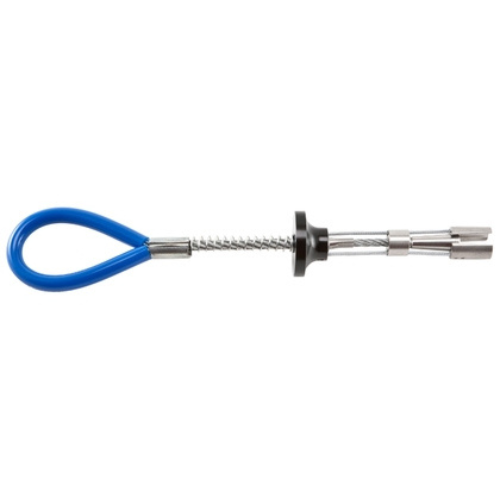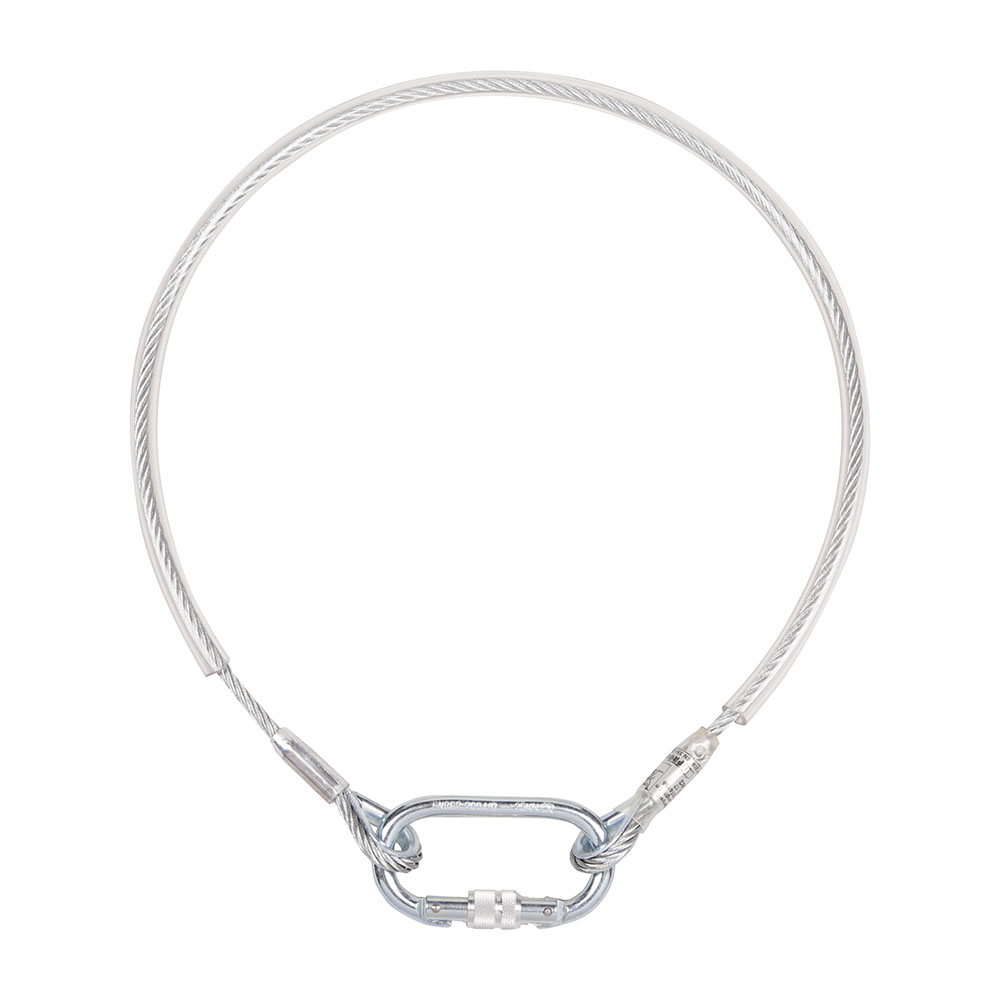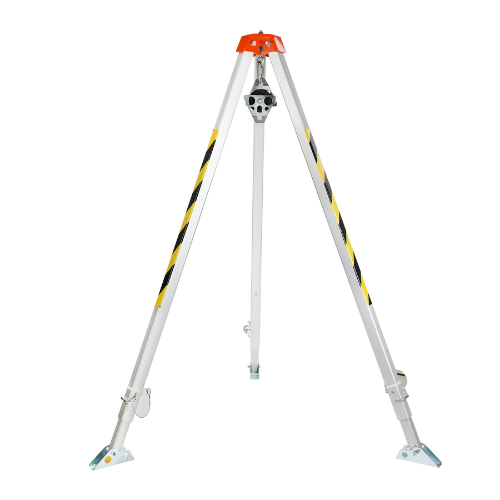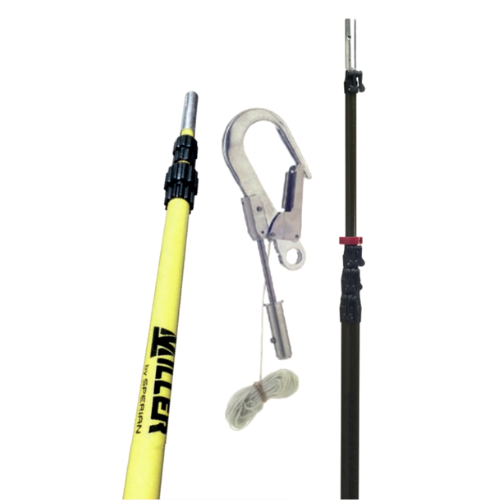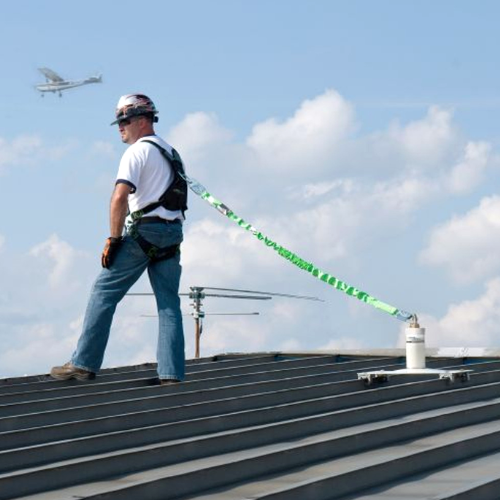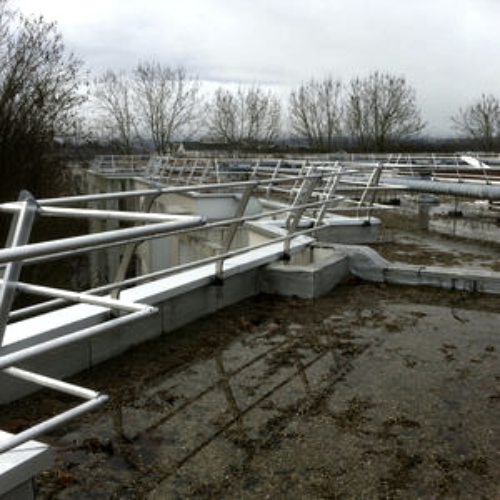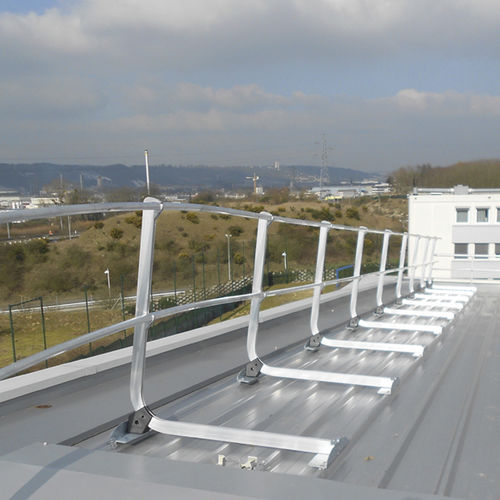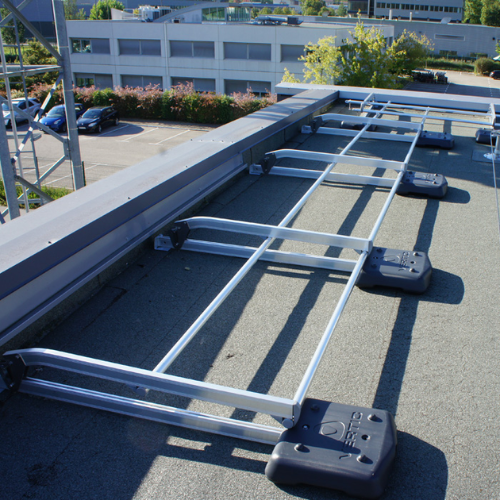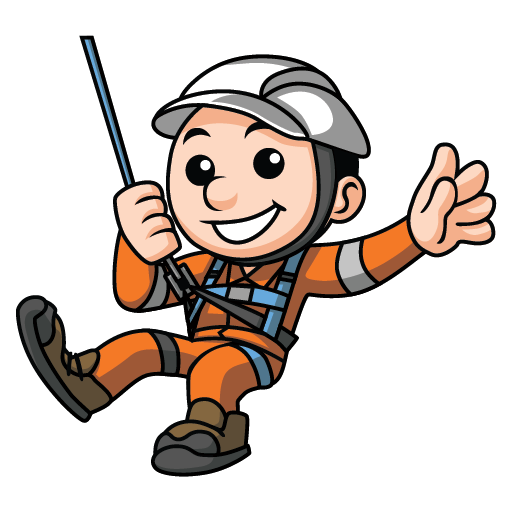
ANCHOR POINTS
Choose from a wide variety of anchors that fulfill a spectrum of needs. Both permanent and mobile anchors exist that can be a great fit for your work!
Some anchor points are used for rope access, allowing workers to be securely suspended via rope as they work. This kind of anchor can be installed anywhere. Depending on the structure of your workplace, they may be installed on a wall, ceiling or floor, and can also be installed in a variety of materials and positions such as ladders and rooftops. A fall safety harness or similar safety fall arrester can utilize these anchor points to secure workers in case of fall risks.
Need something more low-key? Preserve the aesthetics of the site with an easily-concealed anchor point that can be taken out or installed whenever you please. This system comes in two parts: a removeable anchor that stays on securely but is removed easily, and a wall socket that is covered up when not in use.
Anchor points can be attached to more structures! They can be affixed to roofs without damaging them. These points clamp securely onto roofs without the need to drill holes or compromise the structure of the roof. You can even affix anchor points to structural beams if it works best for your working condition. Whichever anchor point you choose, they will certainly reduce slips trips and falls and are an essential part of fall safety planning. If you’re in any doubt, live chat with us to find out!
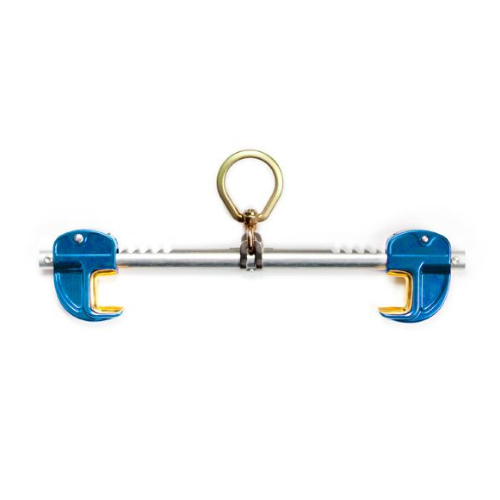
LIFELINE SYSTEMS
Lifelines, when paired with a fall safety harness or fall safety arrester, serve as literal lifelines that can bring workers home safely.
Lifelines come in many varieties. They can be flexible or rigid, vertical or horizontal. But they all do the same thing: allow a worker to remain mobile while connected to an unyielding length of material.
Flexible lifelines
are used to safeguard workers who are working at heights. Flexible lifelines can be horizontal or vertical, and consist of wire ropes that workers attach themselves to. The wire ropes are connected to sturdy anchor points
. This allows workers to traverse the lifeline with ease while connected to the lifeline. Flexible lifelines
provide peace of mind and accident mitigation. Versatile and hardy, flexible lifelines can be installed onto a wide variety of supports such as roofs and concrete pillars. In fact, roof safety anchor points
are essential in preventing accidental falls.
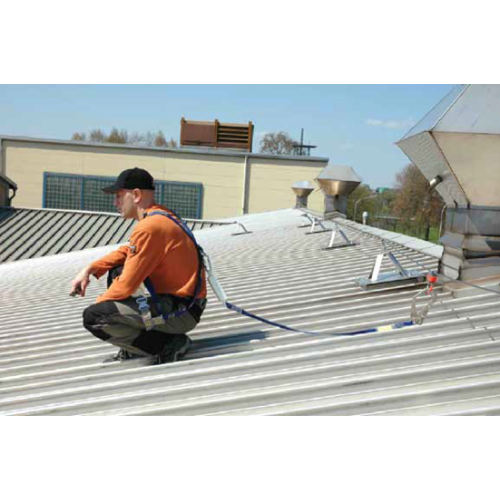
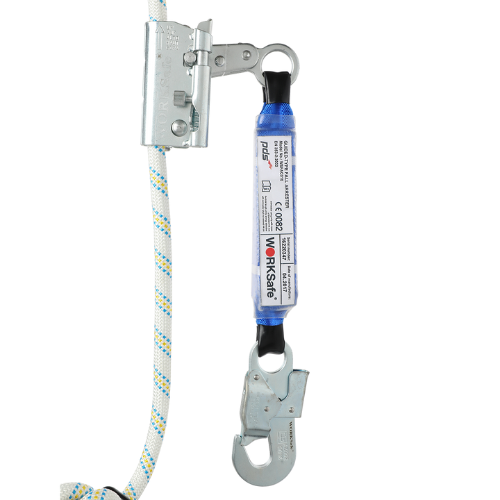
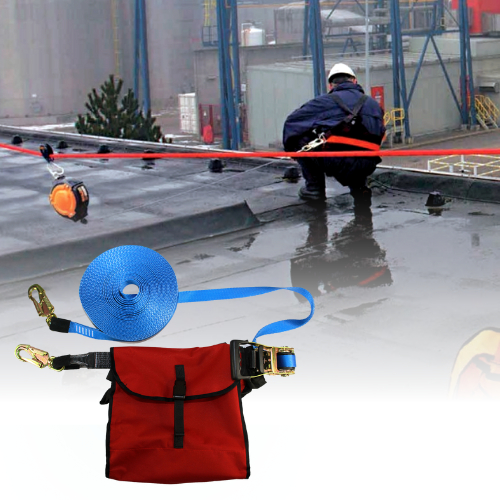
Rigid lifelines feature a rail.
The rail can be installed horizontally or vertically for abseiling. Horizontal lifeline system designs work by allowing workers to move freely along the rail when connected by a strong cord. Rigid vertical lifeline systems and requirements are similar, but allow workers to move up and down the rail. Rigid lifelines are adaptable and can even be installed on a ladder to act as a fall arrest safeguard.
.png)
• Miller Soll Vertical System
• Vertic VERTILIGNE and VERTIRAIL Vertical Lifeline System
.png)
• Vertic ALTILIGNE and ALTIRAIL Horizontal Lifeline System
LADDERS
Ladders are an often-overlooked factor in fall safety risk assessments. They are responsible for a large number of slips, trips and falls and should always be secured and used in a safe manner.
Workers use ladders to access elevated areas. But one common mistake when working on ladders is forgetting to use a fall arrest system. Many unnecessary accidents and deaths have resulted from a worker’s overconfidence in their balancing skills. Cat ladders can be fitted with vertical lifelines to secure workers who need to work while on a ladder.
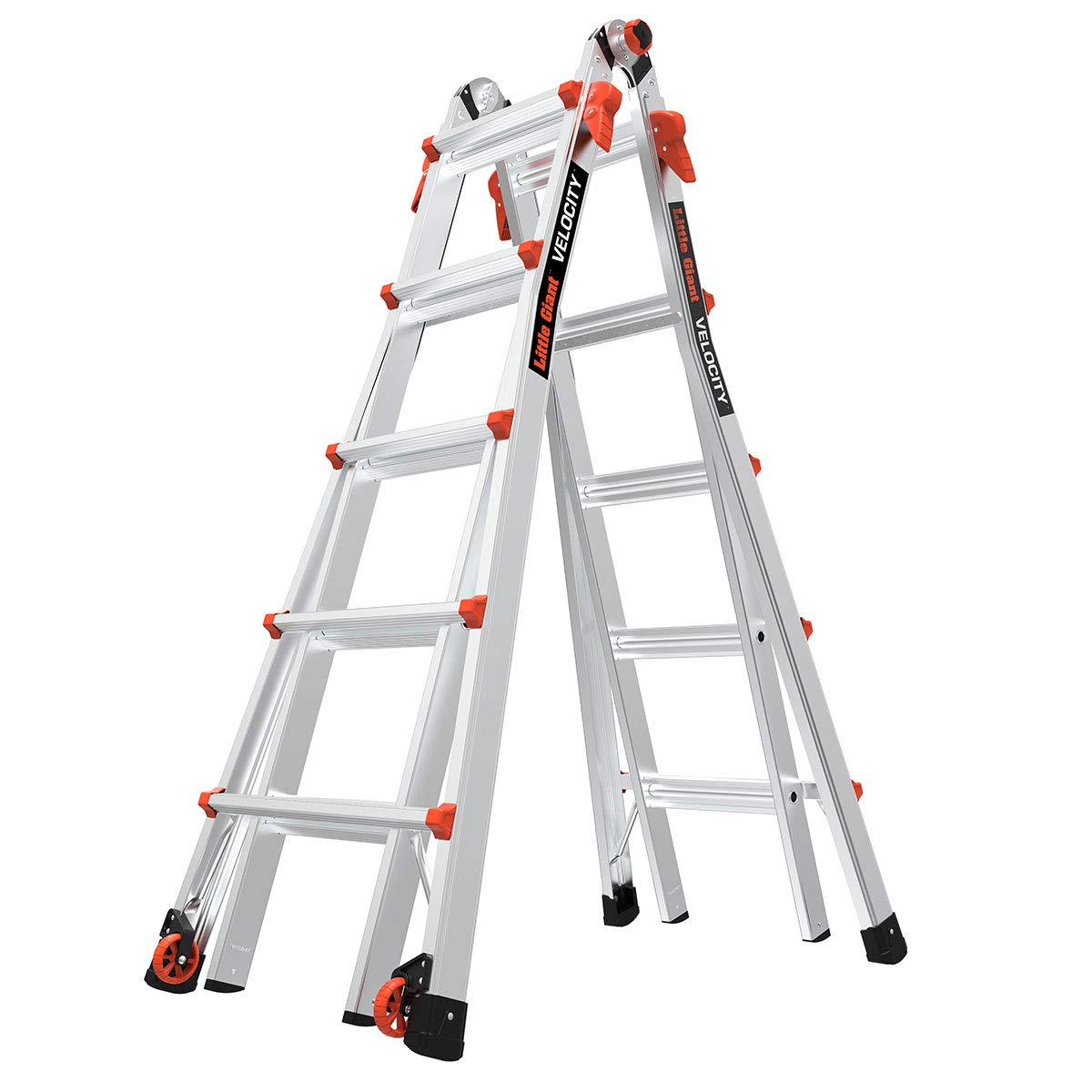
GUARDRAILS
Guardrails prevent workers from accidentally falling off the edge of their work area. One advantage of guardrails is that no special training is required. By cordoning off dangerous areas, workers are much less likely to interact with that area. This will prevent falling from heights injuries and bolster your workplace’s
fall safety guidelines
and rating.
Edge protection guardrails
make edges much safer.
Guardrails can be free-standing or fixed.
Free-standing guardrails
maintain their sturdiness by implementing counterweights. These guardrails can be removed to preserve the aesthetics of the site, or to free up the space for other purposes.
Fixed railings
are also an option if the area is to be cordoned off on a more permanent basis.
FALL SAFETY NETS
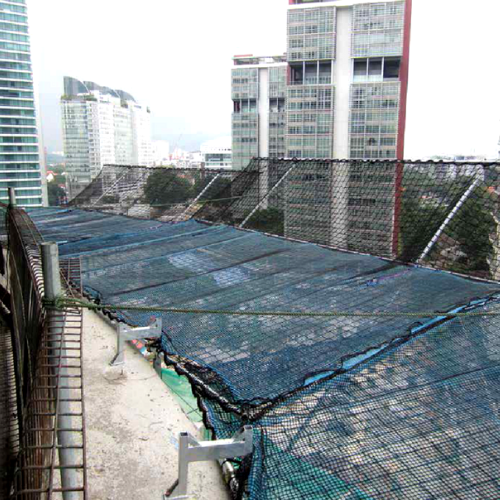
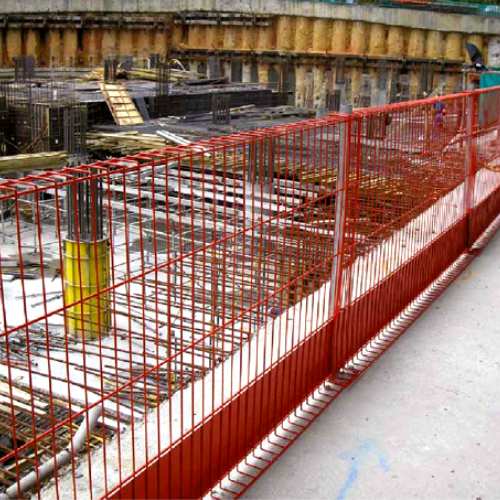
When all your other fall safety measures have failed and a worker is in freefall, a fall safety net could save their life. These nets serve as a worker’s last defence against the ground. They disperse and absorb the impact of a fall and can be customised to suit your workplace’s special requirements. Let us know if you need fall safety net installation services.
SAFETY TRAINING AND INSPECTIONS
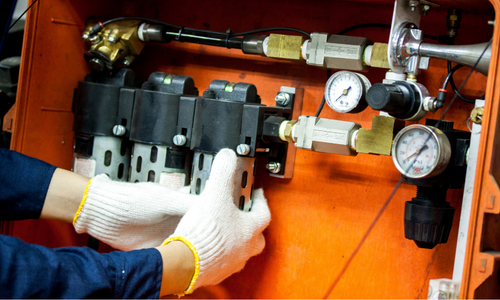
The passage of time can erode even mountains to dust. And while fall safety isn’t designed to last for centuries, they do require regular check-ups to make sure everything is working well. And workers need to learn how to use the fall safety systems involved in their work. Even if all your workers know, a refresher once every few months can keep them updated and might save lives. Fall safety risk assessments and fall safety training is an ongoing and continuous process.
CONCLUSION
Fixed system safety is a multi-step process that involves risk assessment, installation, training and maintenance to ensure maximum safety. While each of these steps can be carried out by different companies or agencies, we here at PDS can assist you with every part of the journey! We specialise in advising companies on the best fixed systems for their budget and requirements, carry out the installation, and remain available for inspections and queries long after the sale is completed.
ANY MORE QUESTIONS? LET US KNOW!
You’ve heard about
fixed system safety
; now we’d like to hear from you! Simply contact us via
live chator by form submission and we’ll get in touch with you. No person is an island when it comes to safety, and we’re available to ensure you won’t be lost at sea for fall safety.
Managing work at heights? Let us know how we can help you!


